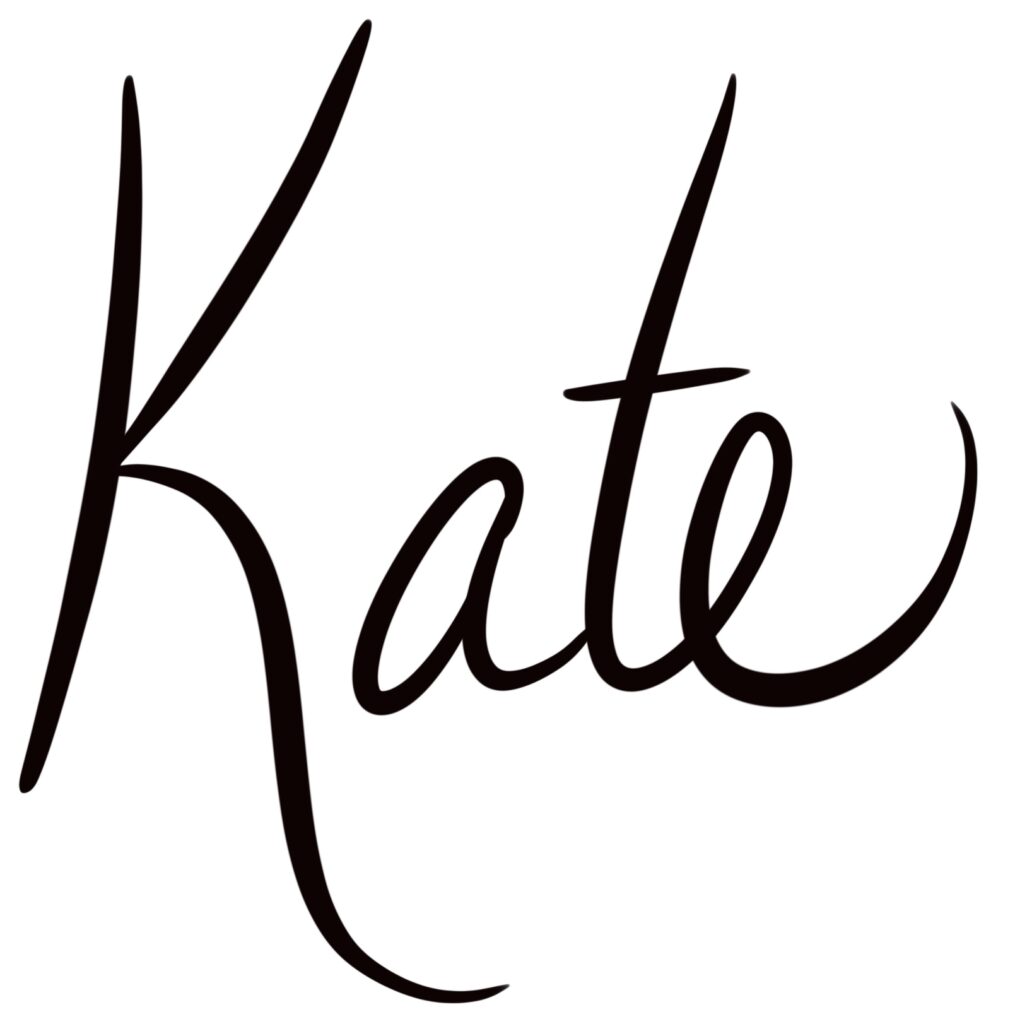Volcanoes are a naturally engaging phenomenon for students, and generally they love to learn about them and see them. Using the 5E method, this lesson will guide your students in building strong understanding of the 3 main types of volcanoes!
Lesson Plan Guide
- Engage: National Geographic Video
- Explore: PBS Volcano Interactive Partner Activity
- Explain: Types of Volcanoes Science Doodle Notes
- Elaborate and Evaluate: Google Slides Research Activity (with template)
Engage:
If you are teaching about volcanoes, you are likely also teaching about plate tectonics. These two topics go hand in hand.
This National Geographic video does a great job of tying together plate tectonics and volcanoes while also introducing some great vocabulary to students. I have found this 5 minute video to be worth the time.
Explore:
Get kids exploring with this PBS interactive! In small groups have your students use the interactive to find the answers to these questions:
- How do volcanoes form?
- What are some different types?
- Where do volcanoes form?

Explain:
This part of the 5E process is SO IMPORTANT for students to understand the essential ideas! Using the Volcano Doodle Notes and the provided powerpoint slides, students will learn about the three main types of volcanoes and their traits. These notes are a visual model of the three types of volcanoes, including their traits and examples of each. As you work through the notes, students add detail and color to show how the three types vary from one another.
This doodle notes page comes with a fully animated slide deck that teachers can use to guide their students through the content. The lesson is all ready for you to use today!
Now that students have a better background knowledge base on the types of volcanoes, they are ready to do a deeper dive.
Elaborate and Evaluate

After explaining the concepts using the doodle notes above, using the jigsaw method to have groups of students explore well known eruptions can facilitate great conversation and ground students for the remainder of their learning.
- Mount Vesuvius, Italy
- Krakatoa, Indonesia
- Mount St. Helens, USA
- Eyjafjallajökull, Iceland
- Mount Pinatubo, Philippines
- Mount Pinatubo, Philippines
- Mauna Loa, Hawaii
- Mt Tambora, Indonesia
- Laki, Iceland
- Mount Pelée, West Indies
Done digitally, or on posters, students can work together with a team to research and learn about one of these volcanoes. I give my students the list below to include in their work.
Volcano Report:
- Where is the volcano?
- What type of volcano is it?
- Where is it located?
- What type of plate boundary is this at, if any?
- When was it’s largest eruption?
- What damage did this cause?
- Did this hurt or kill any people?
- Is this volcano still active?
Use this free template that I made to give your students as a guide.

Doodle notes fit perfectly into the 5E model and allow for maximum engagement. Doodle notes change the way students view note-taking! Check out our other Science Doodle Notes here!
Thanks for visiting Captivate Science. Keep Calm and Doodle On…
Kate



